One of the most influential art instructors was George Bridgman who was part of a core group from the Art Students League back in the early 20th century who defined and refined the process of learning how to make art for commercial and fine artists. Bridgman was one of the first to define a process for breaking down the human form, and compared it to the machine and its mechanical parts, indicative of the times he was living in during the industrial revolution.
His descriptions for defining the form were also very revolutionary, teaching his students how to see the human machine in planes and forms, using perspective to solve the dimensions, massing in shadows first before defining the subtle nuances of half tones in the light, and simplifying the anatomy into basic mechanical shapes to better understand their movement and function.
We are all blessed to have a book dedicated to Bridgman’s teaching and some of his demonstrations that were not tossed out or destroyed. George Bridgman did not write the book, or compile data for one, as he had passed on before such a book was designed. It was left to his dedicated students who felt that his teaching was too important to lose to history so they generated the book using their notes and mostly their art along with some of Bridgman’s drawings. Some of the sections of the book have great visuals but no words to accompany them, so it is left to us to figure out how to decipher them.
Here are a few examples of Bridgman’s drawings from his life drawing classes.
In the video below, I have broken down the chapter on the head and the neck, a more complicated chapter in the book that offers brief descriptions, or sometimes no descriptions to the visual content provided. I have done my best to break it down and give some explanation for what is going on with each of the sections in this chapter. At the end of the video I provide 3 quick demonstrations of how to possibly use the information to study from. I hope you find this video useful and helpful in your continued growth as an artist or as an art student.
Here is the video.



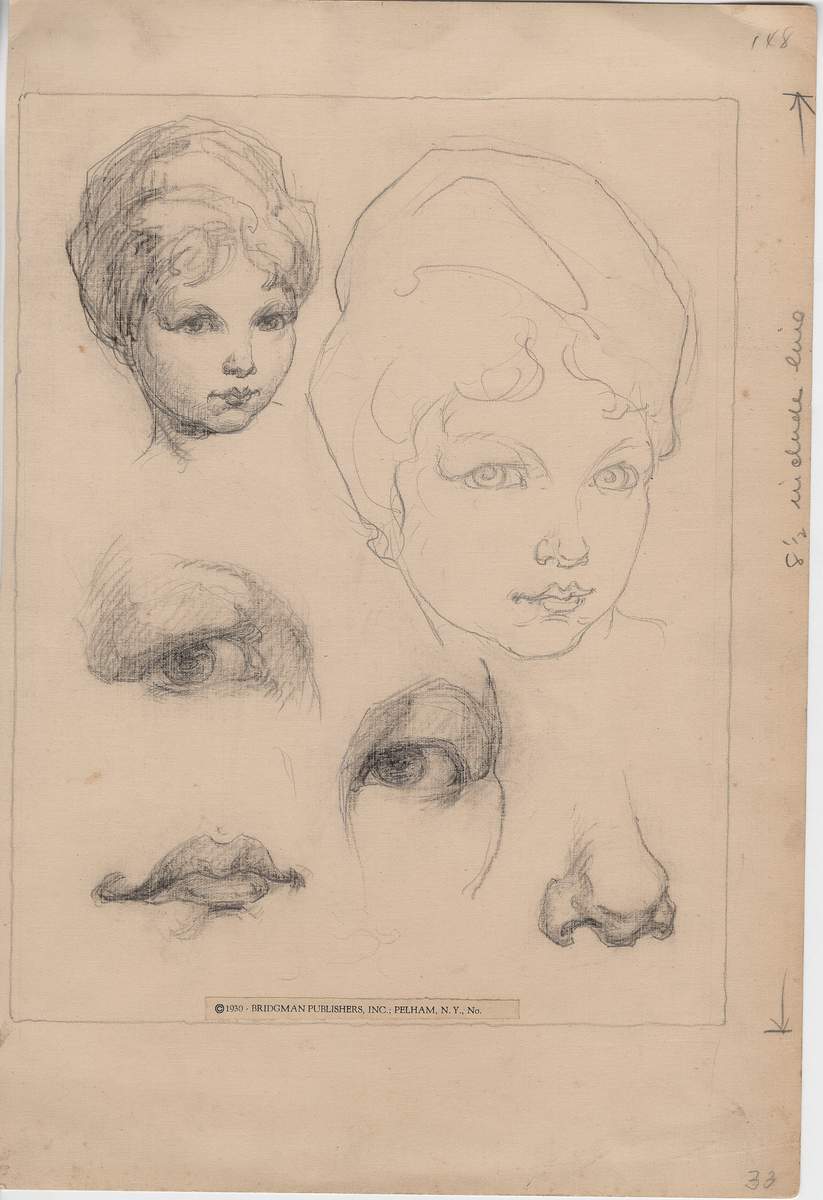
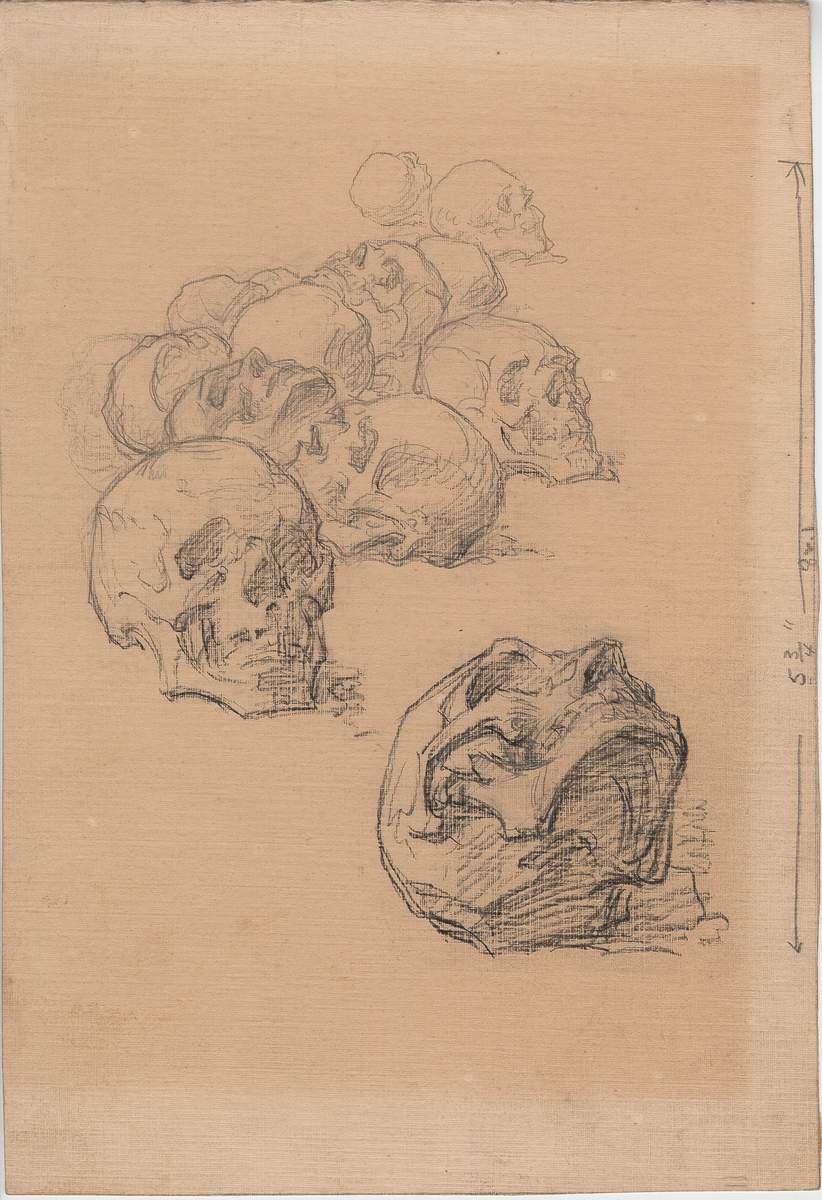
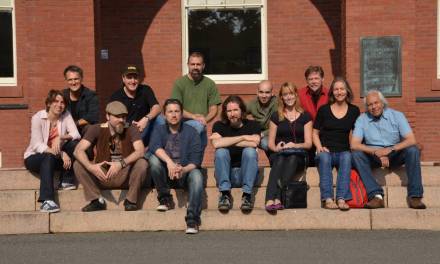
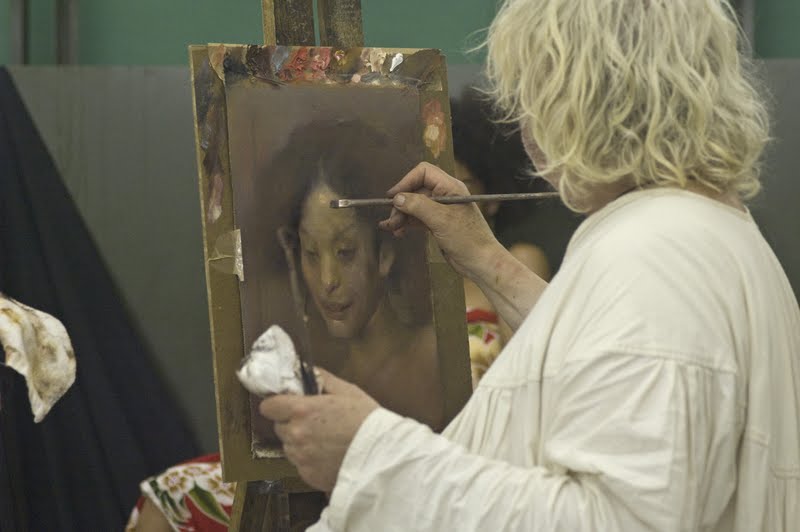
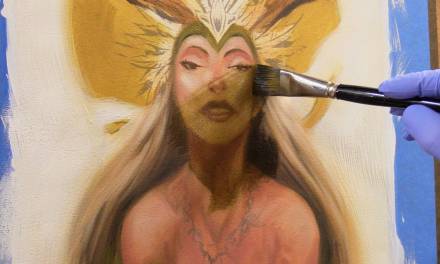
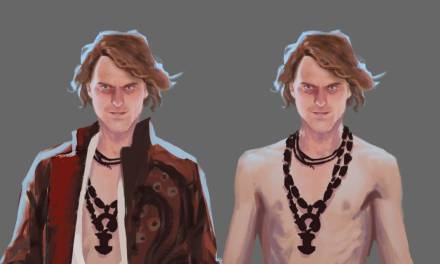
Recent Comments